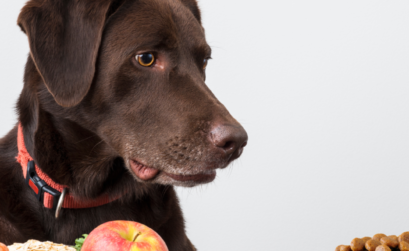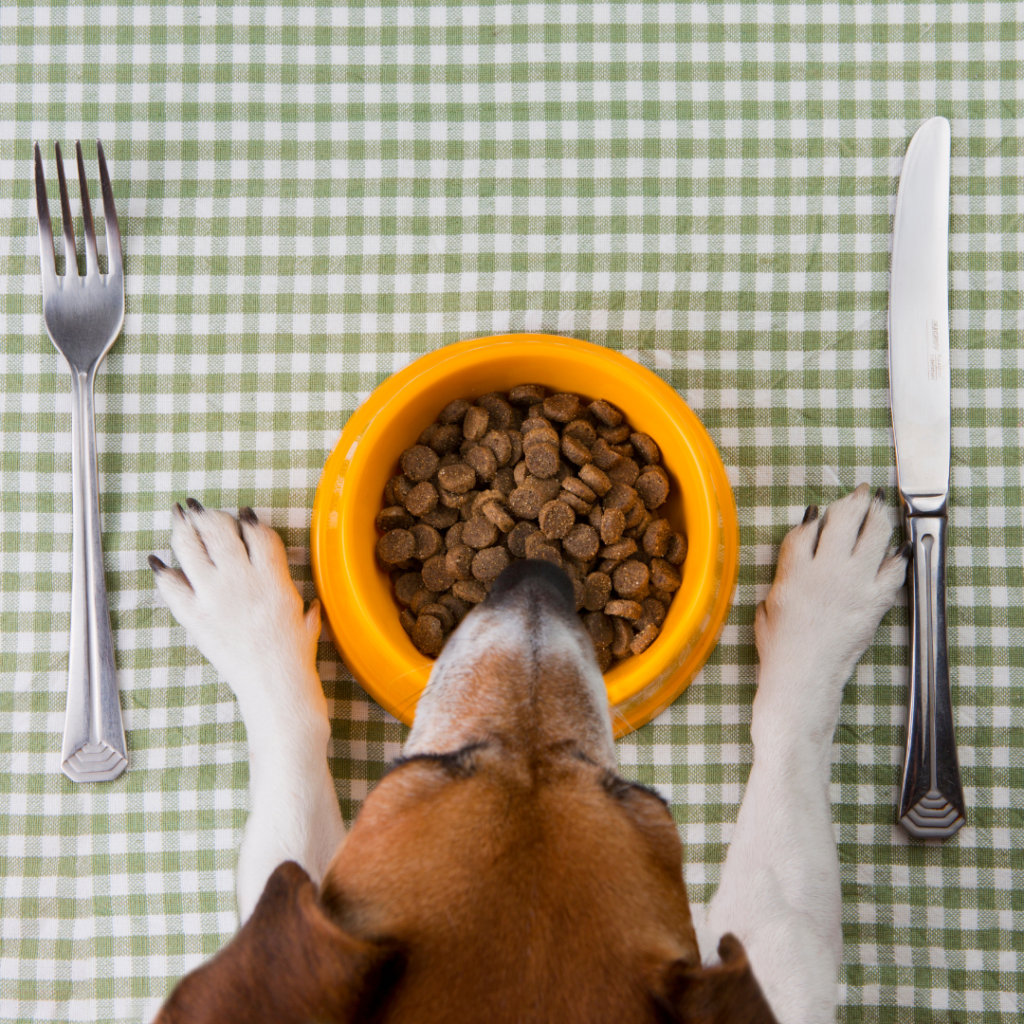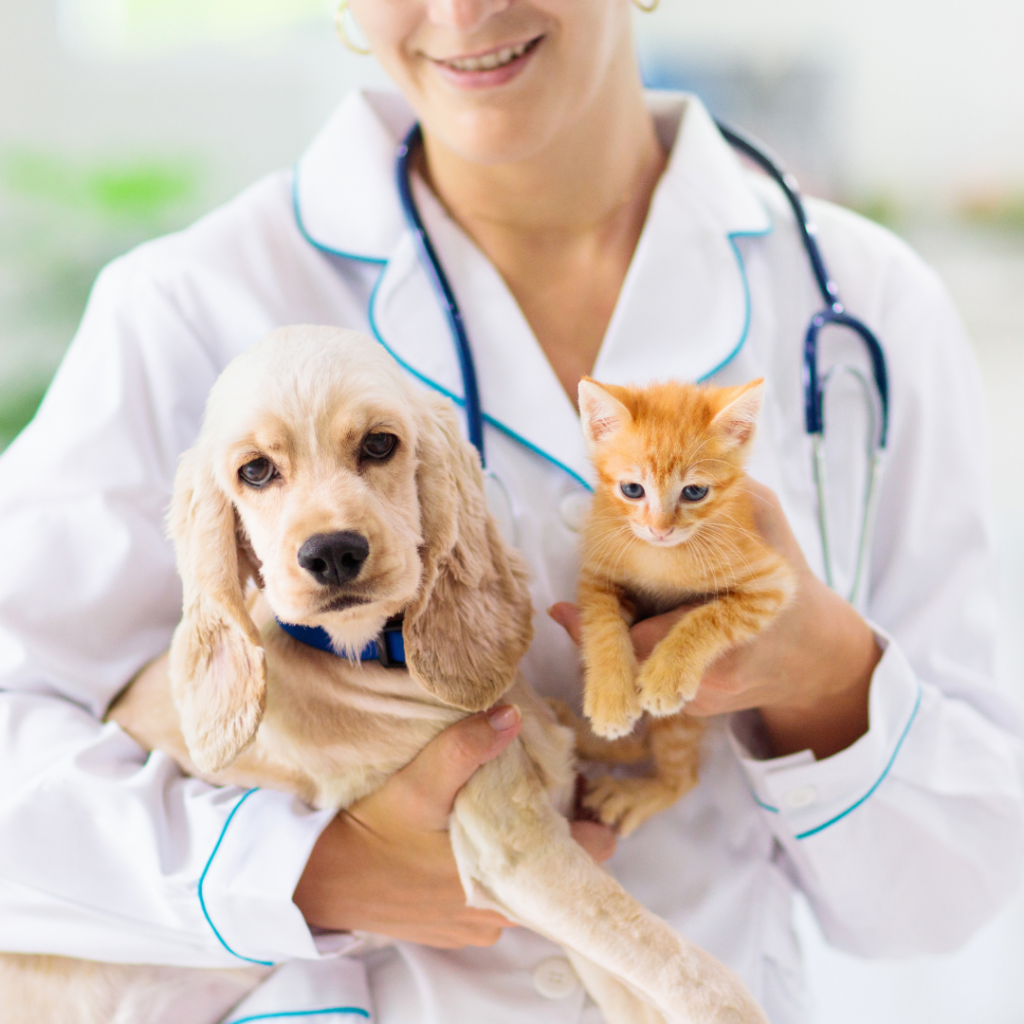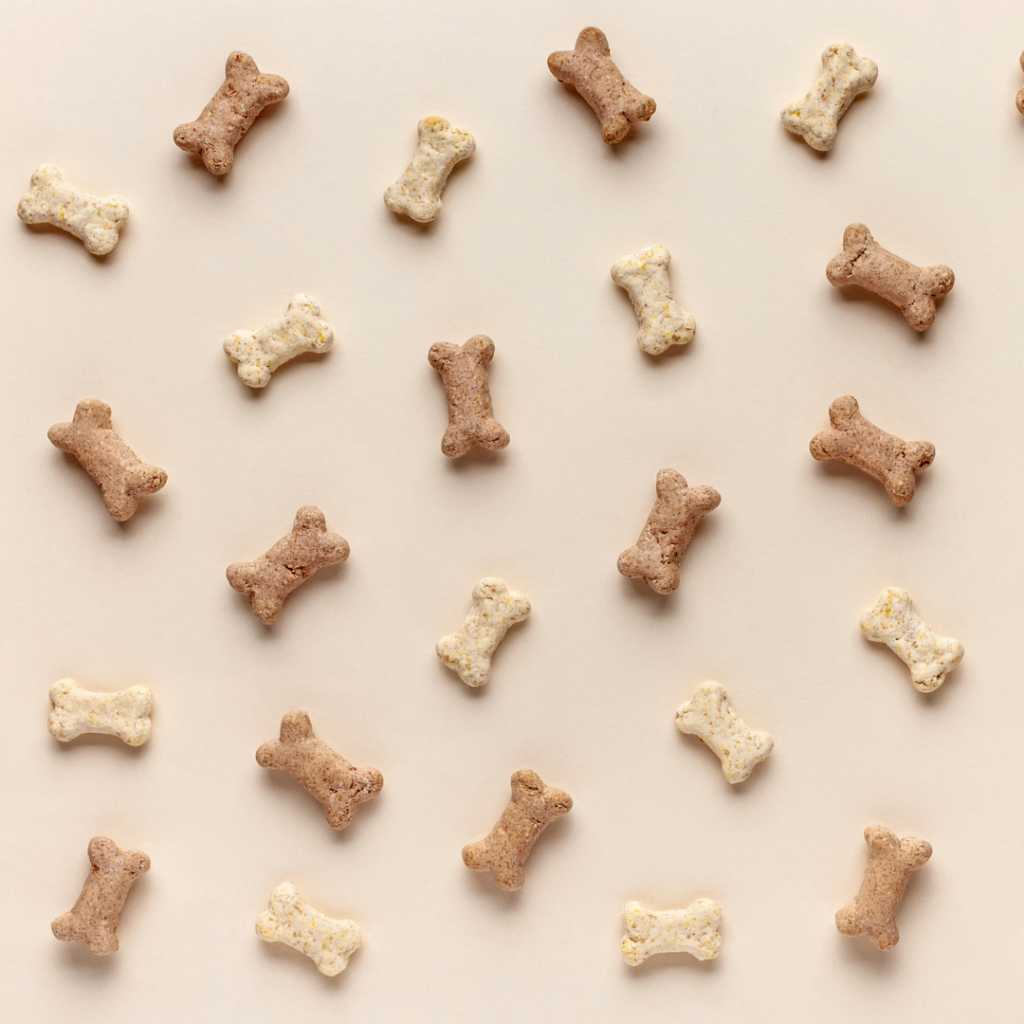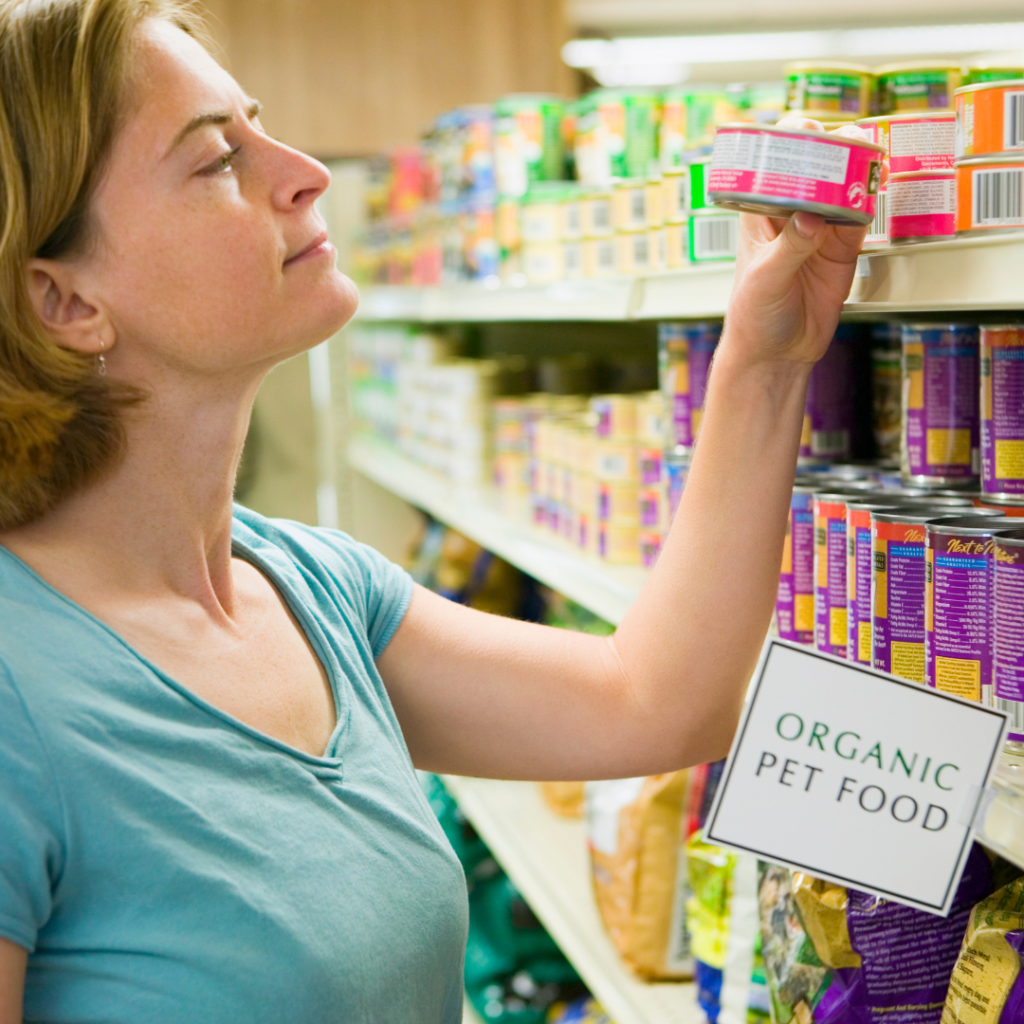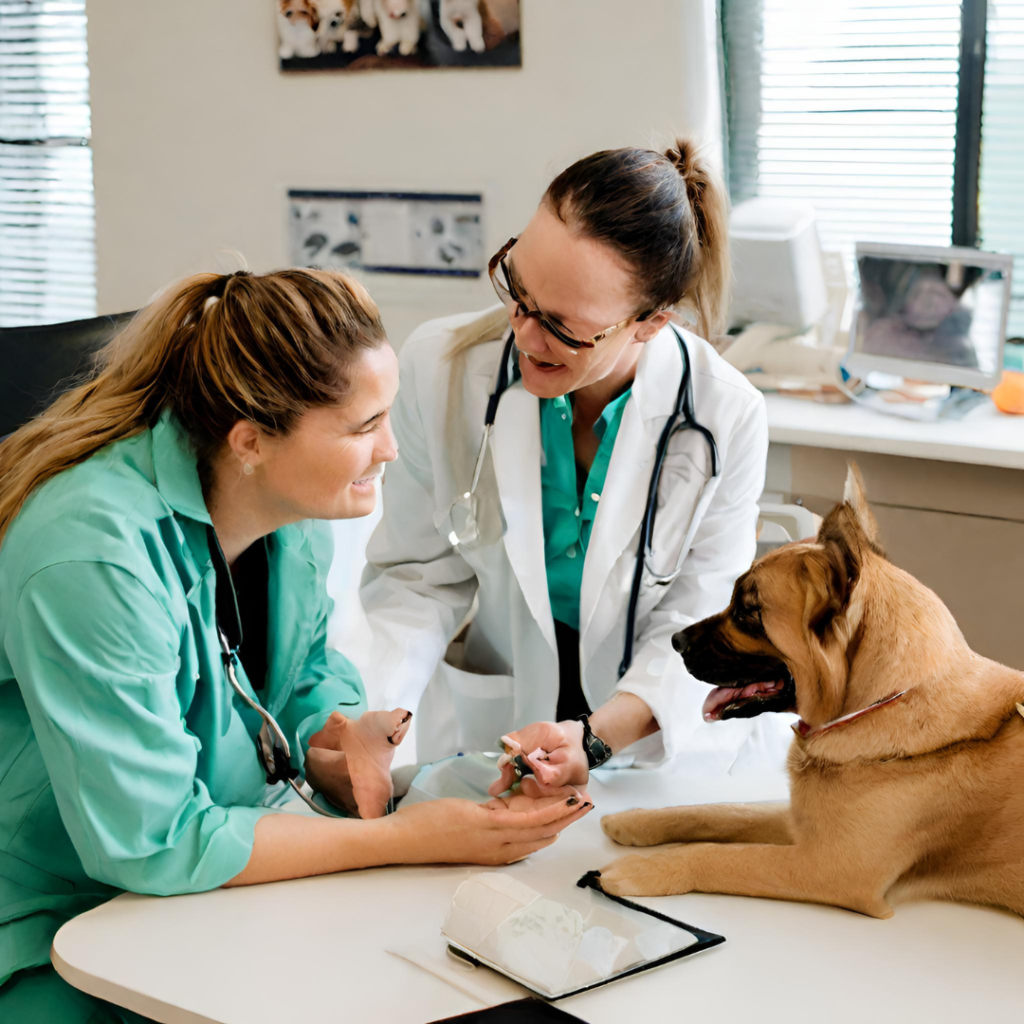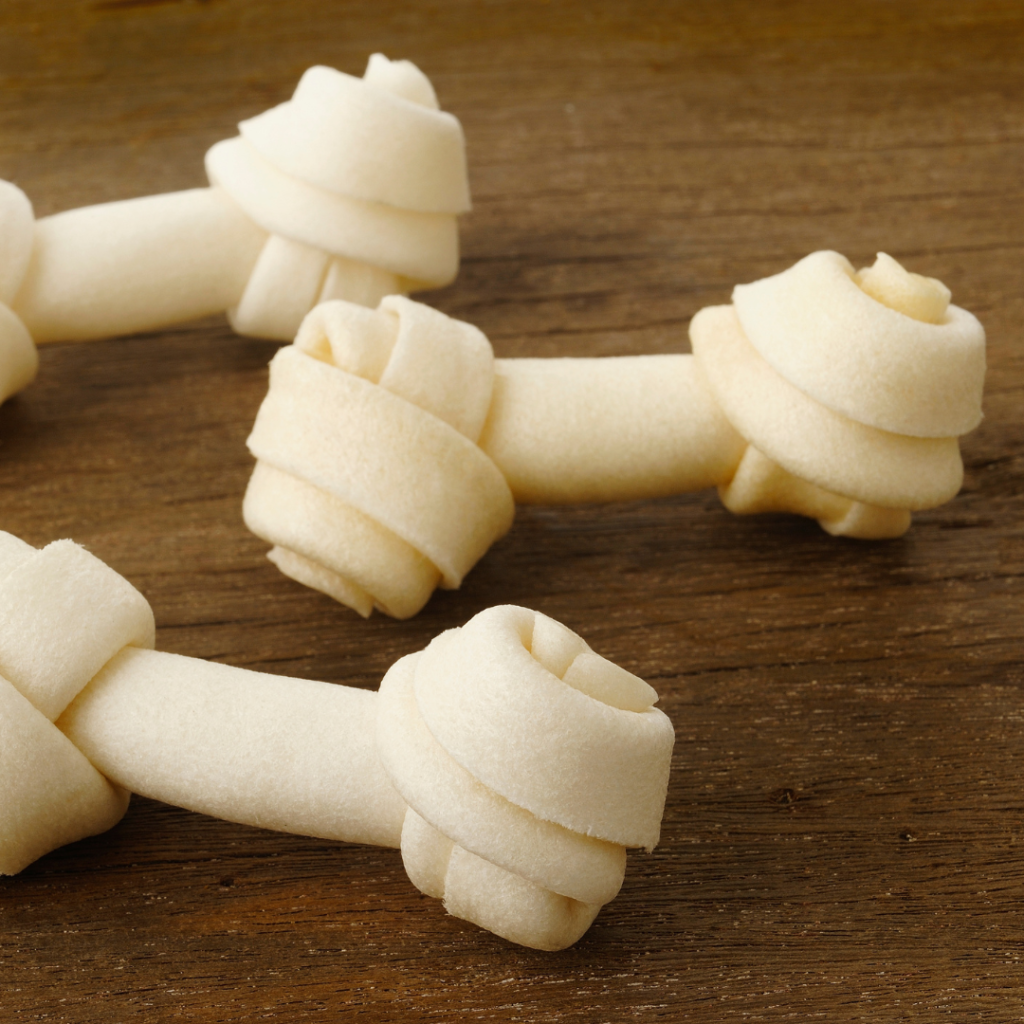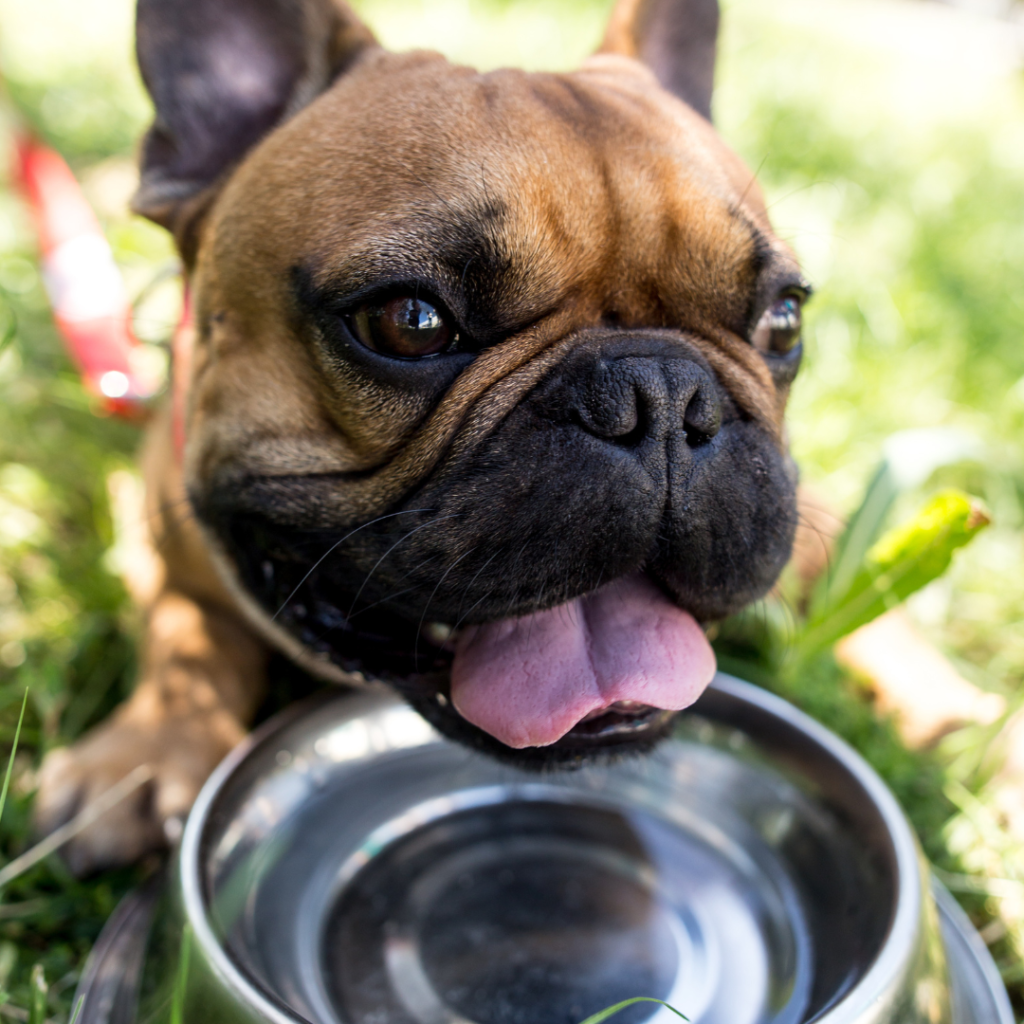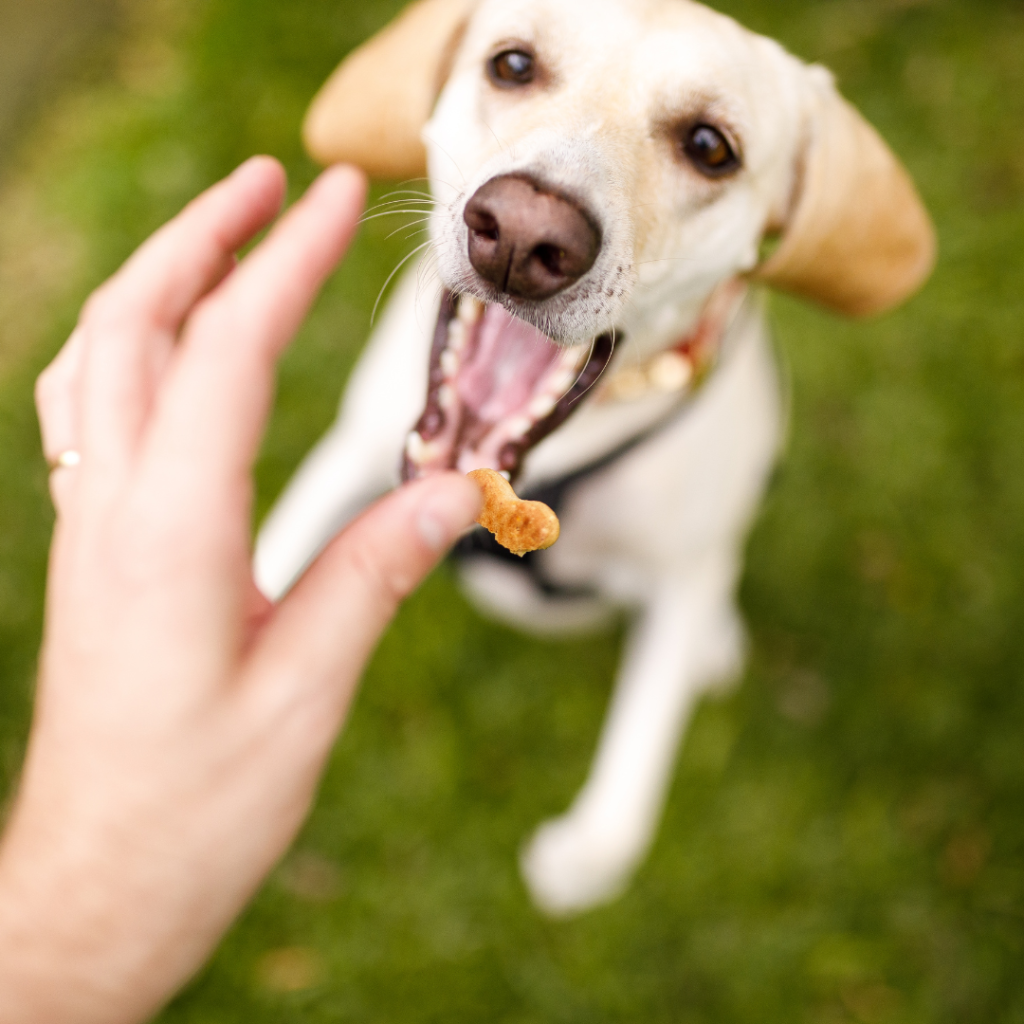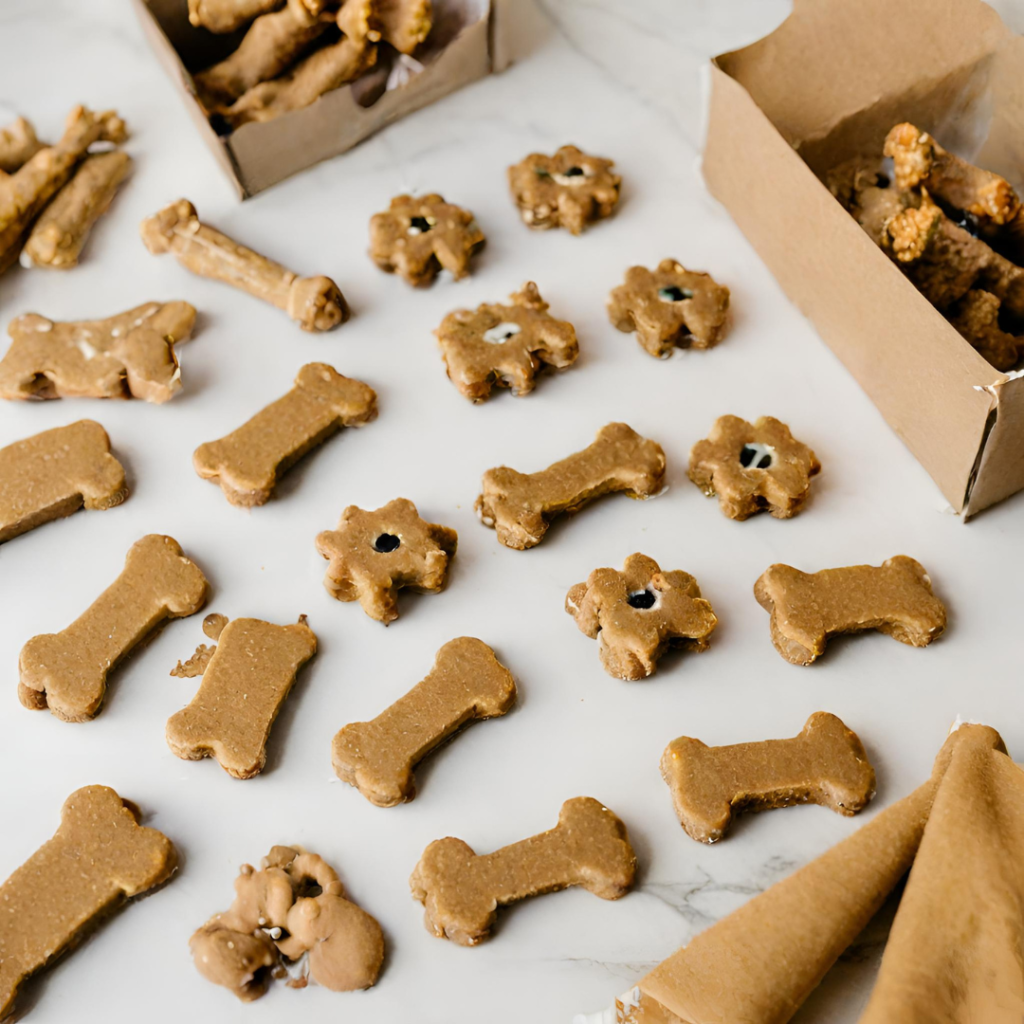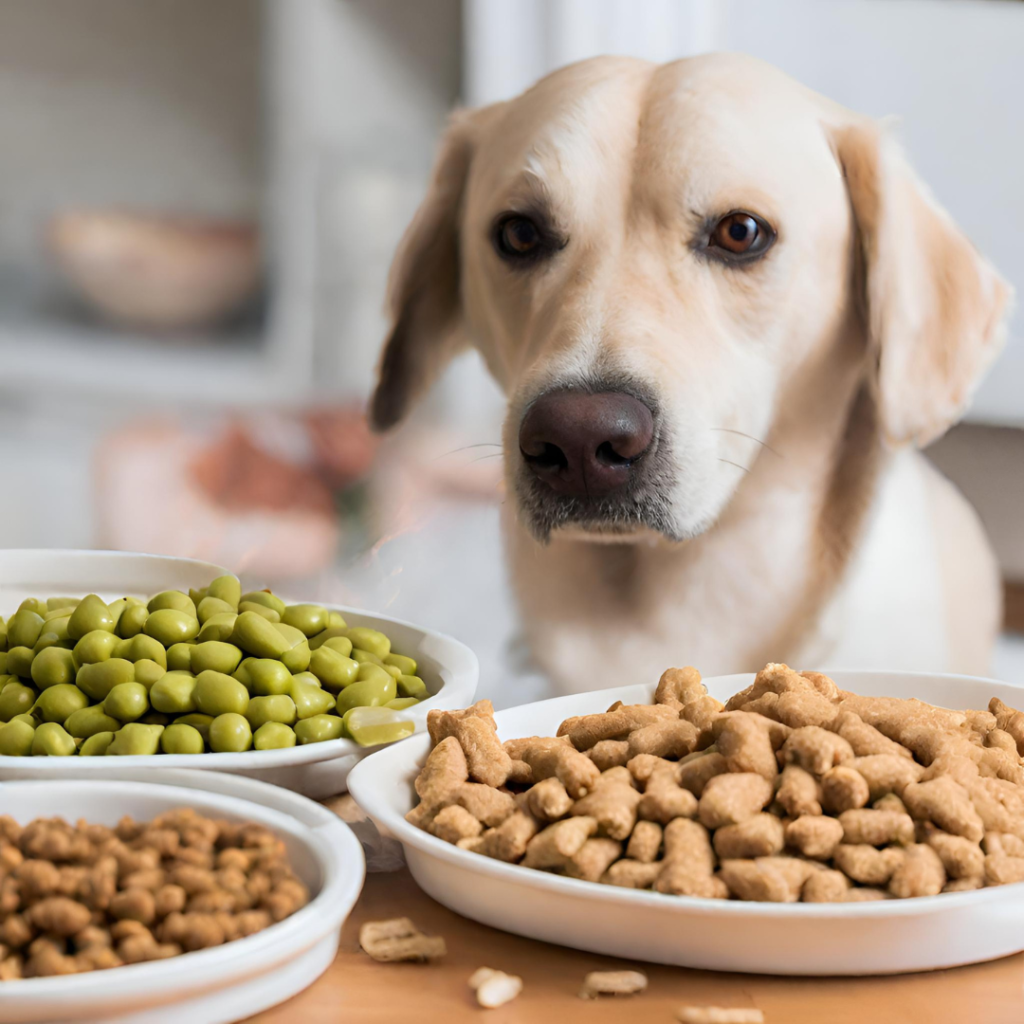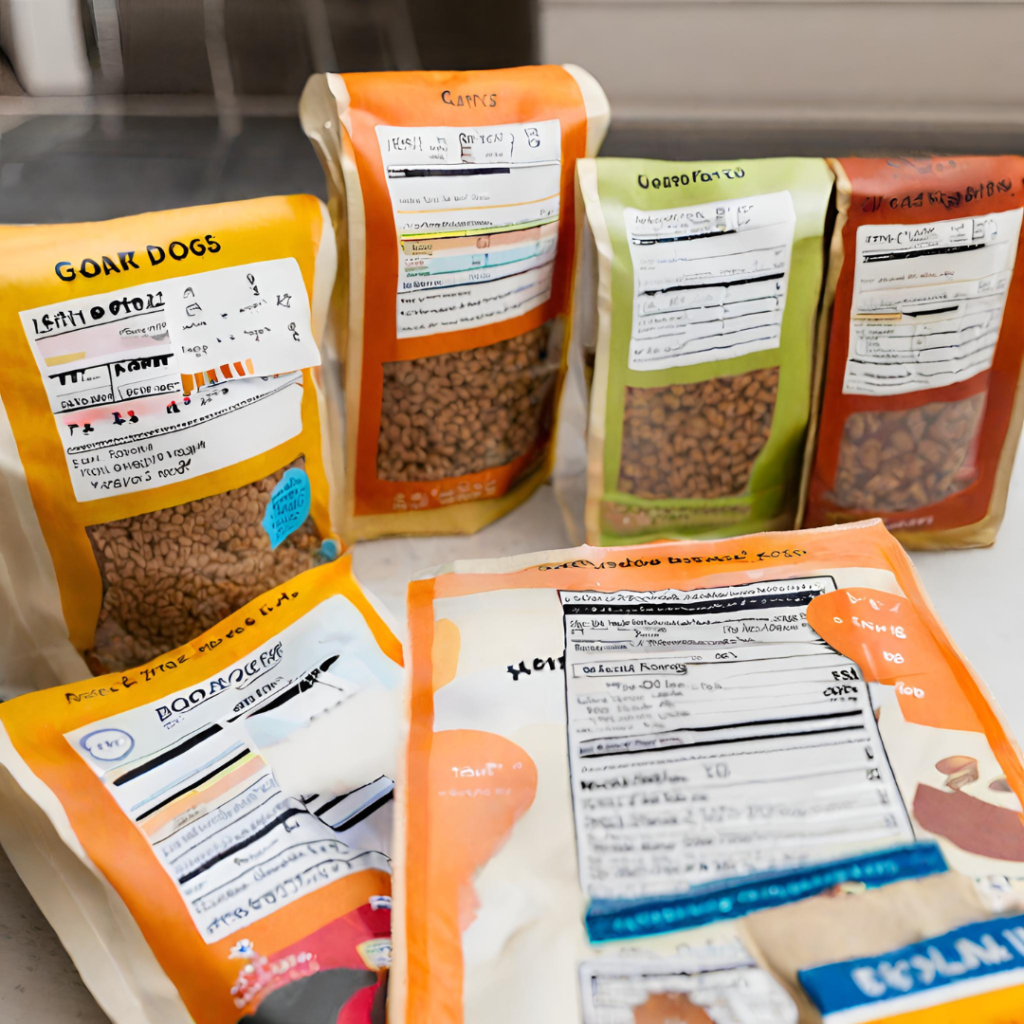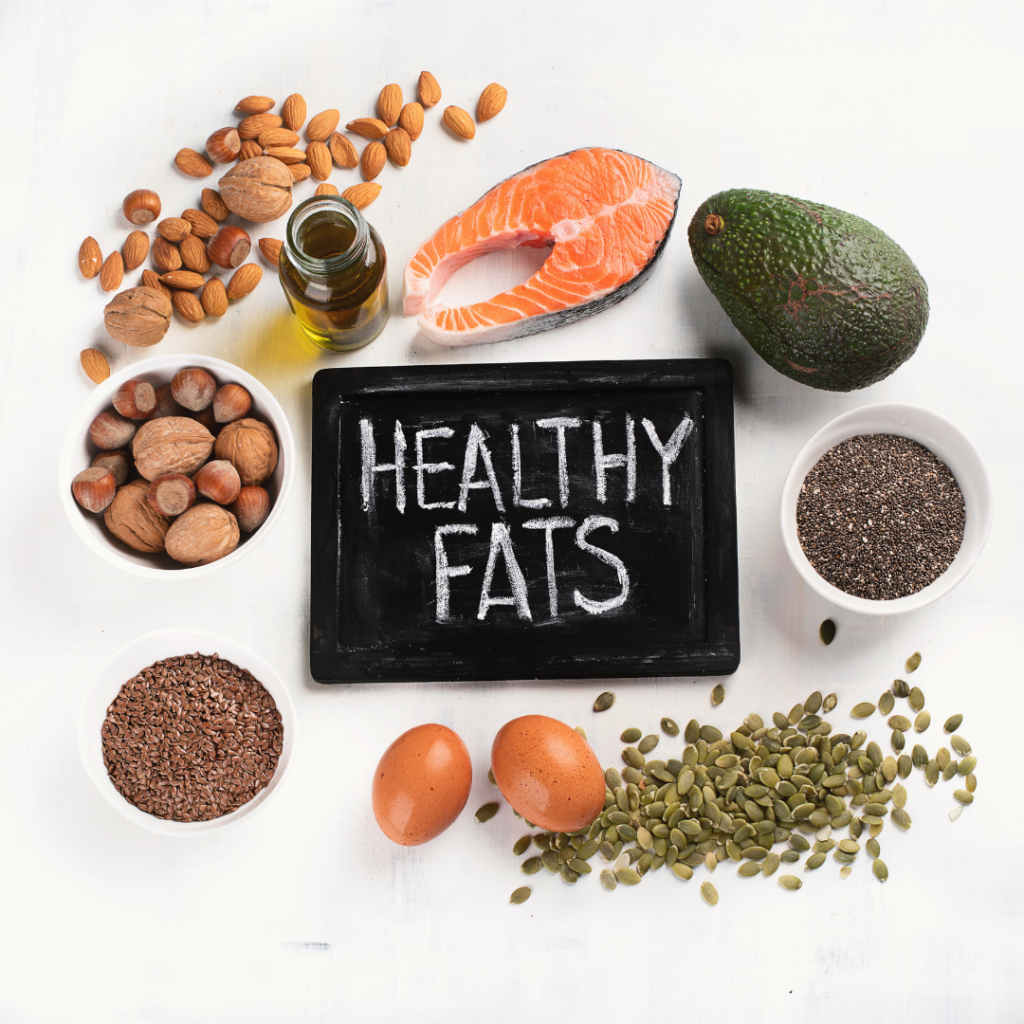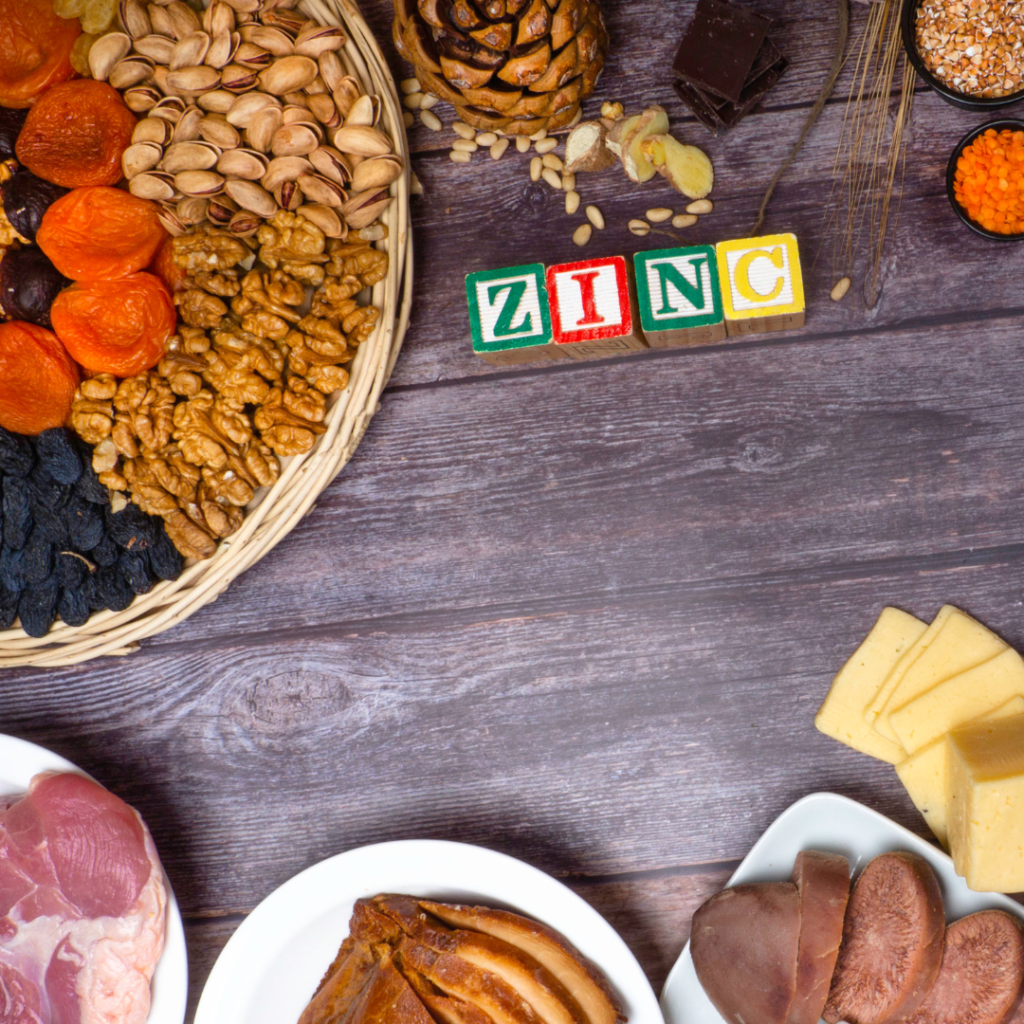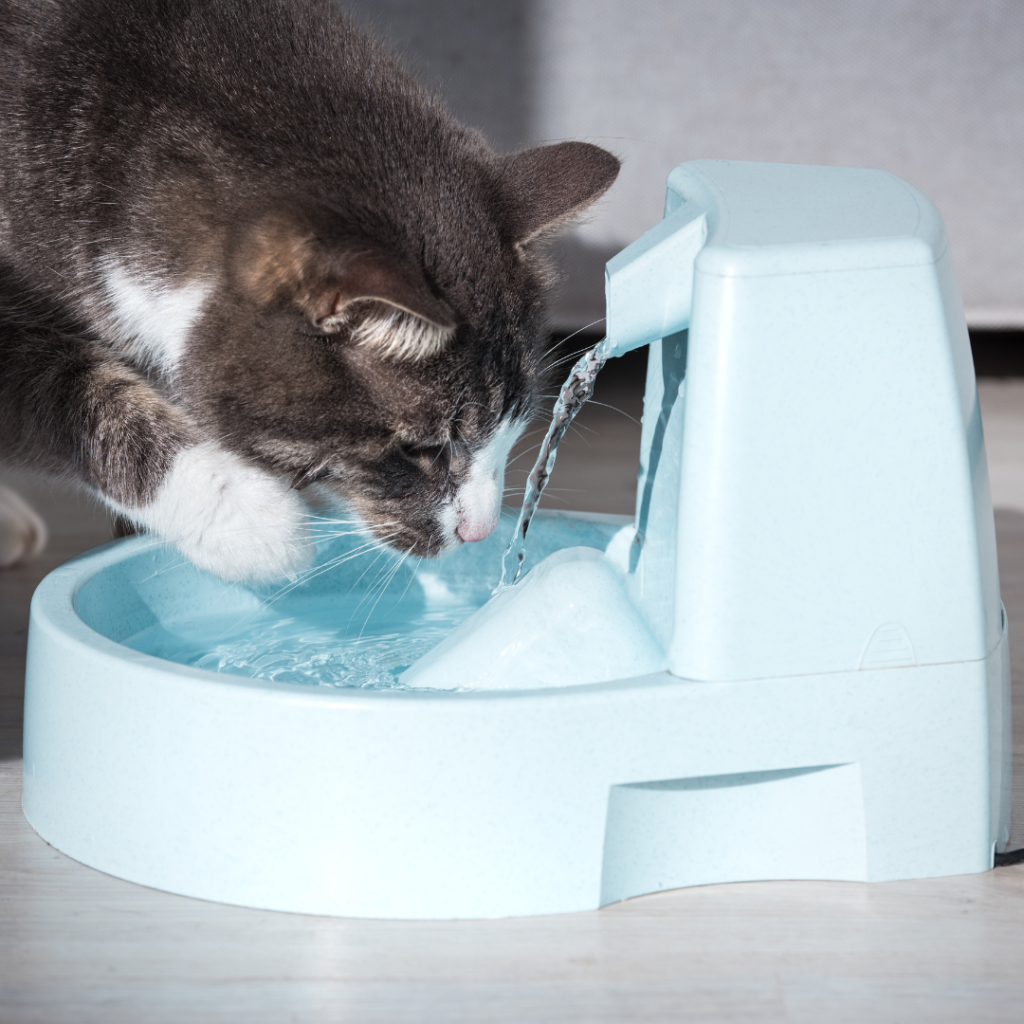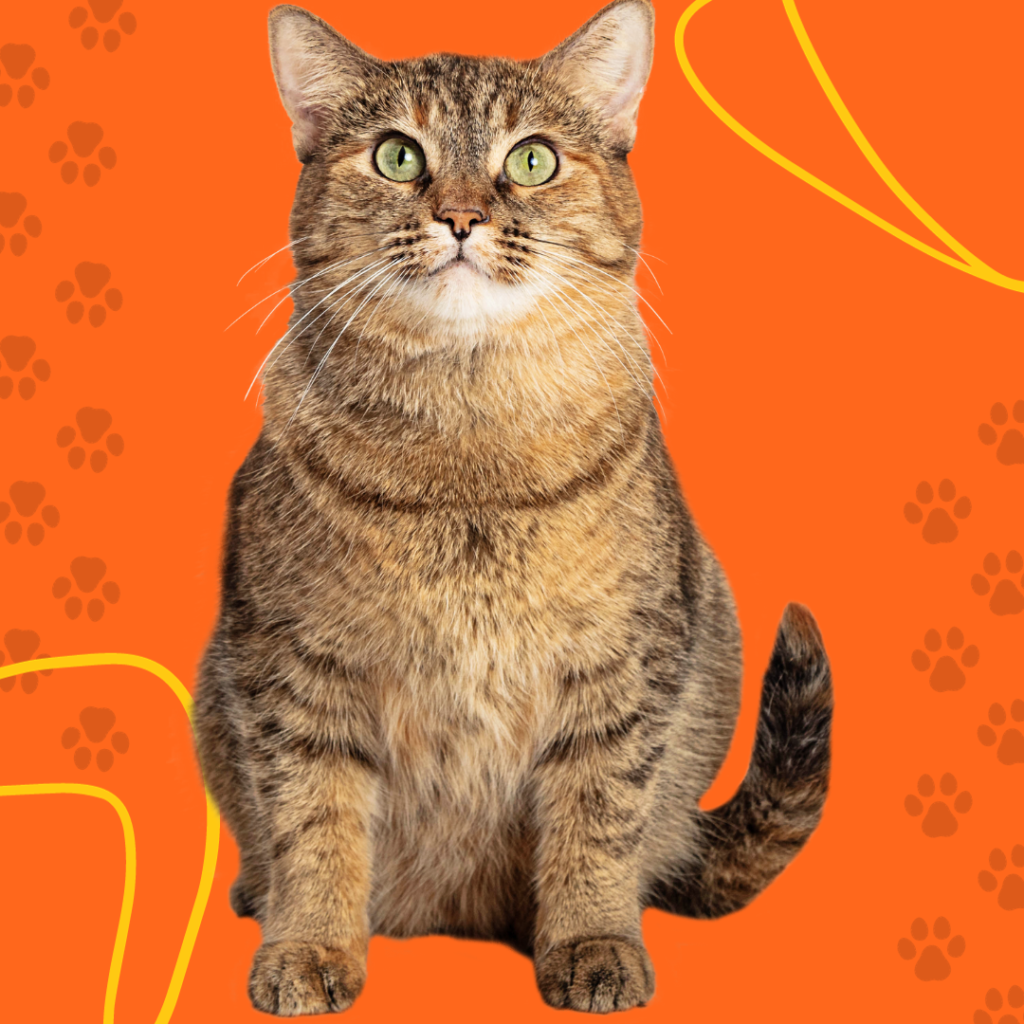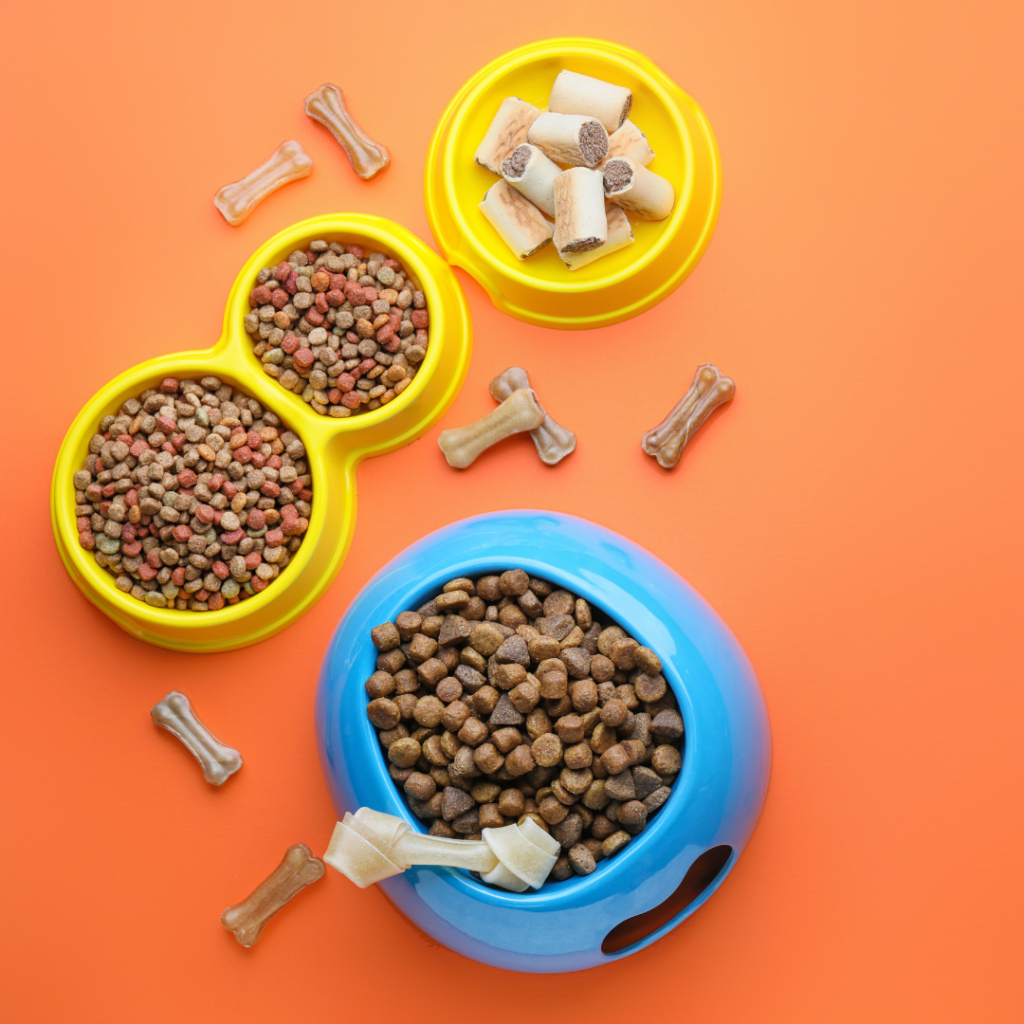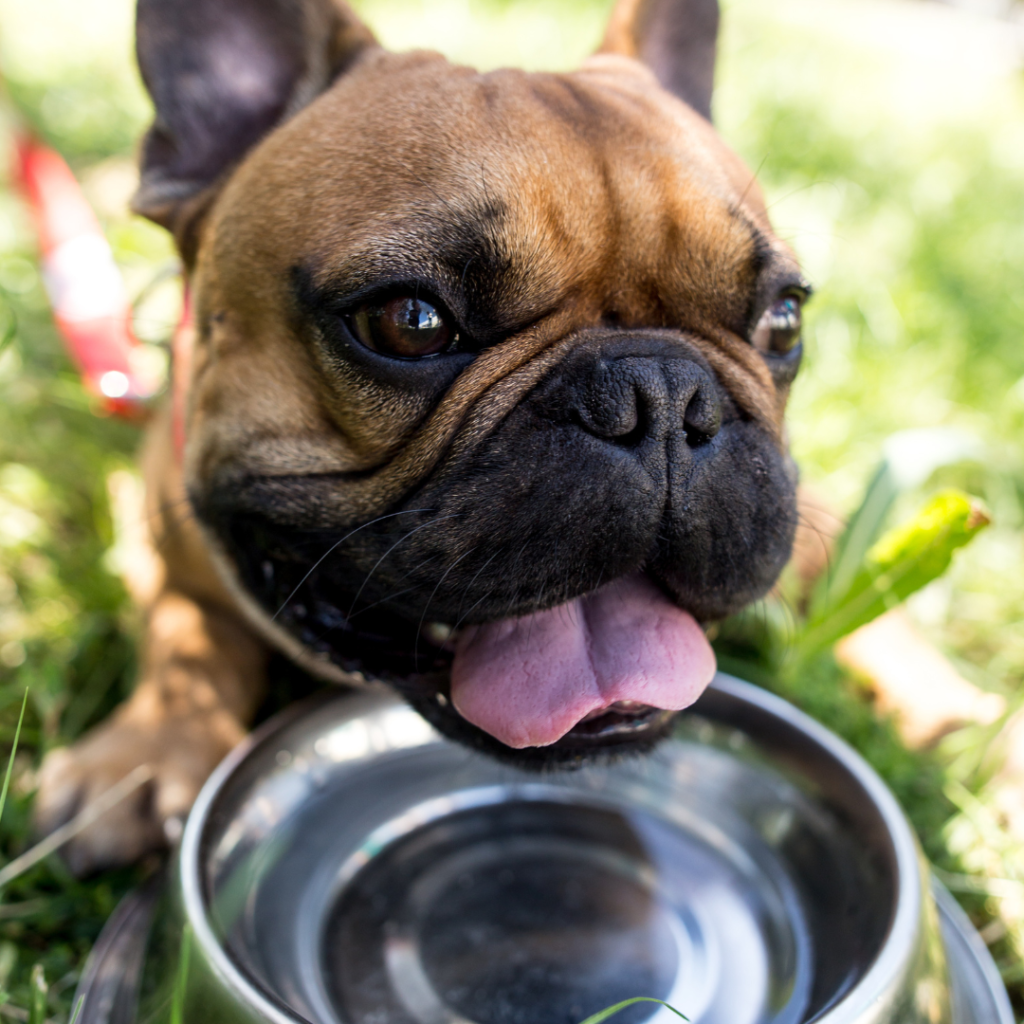Less Processed, More Purr-fect, Exploring the Benefits of Whole and Minimally Processed Diets for Your Pet
Greetings, fellow pet enthusiasts and nutrition advocates! Today, we embark on a journey toward a more natural approach to our pets’ diets, exploring the benefits of less processed and more wholesome nutrition. As we delve into the world of whole and minimally processed diets, let’s uncover the advantages of incorporating fresh, nutrient-rich ingredients into our furry friends’ meals.

Understanding Highly Processed Diets
Many commercial pet foods undergo extensive processing to achieve a long shelf life and convenient feeding. While these diets provide complete and balanced nutrition, some pet parents seek alternatives that prioritize the use of whole, minimally processed ingredients. Highly processed diets may contain synthetic additives, preservatives, and fillers that some pet owners wish to avoid.
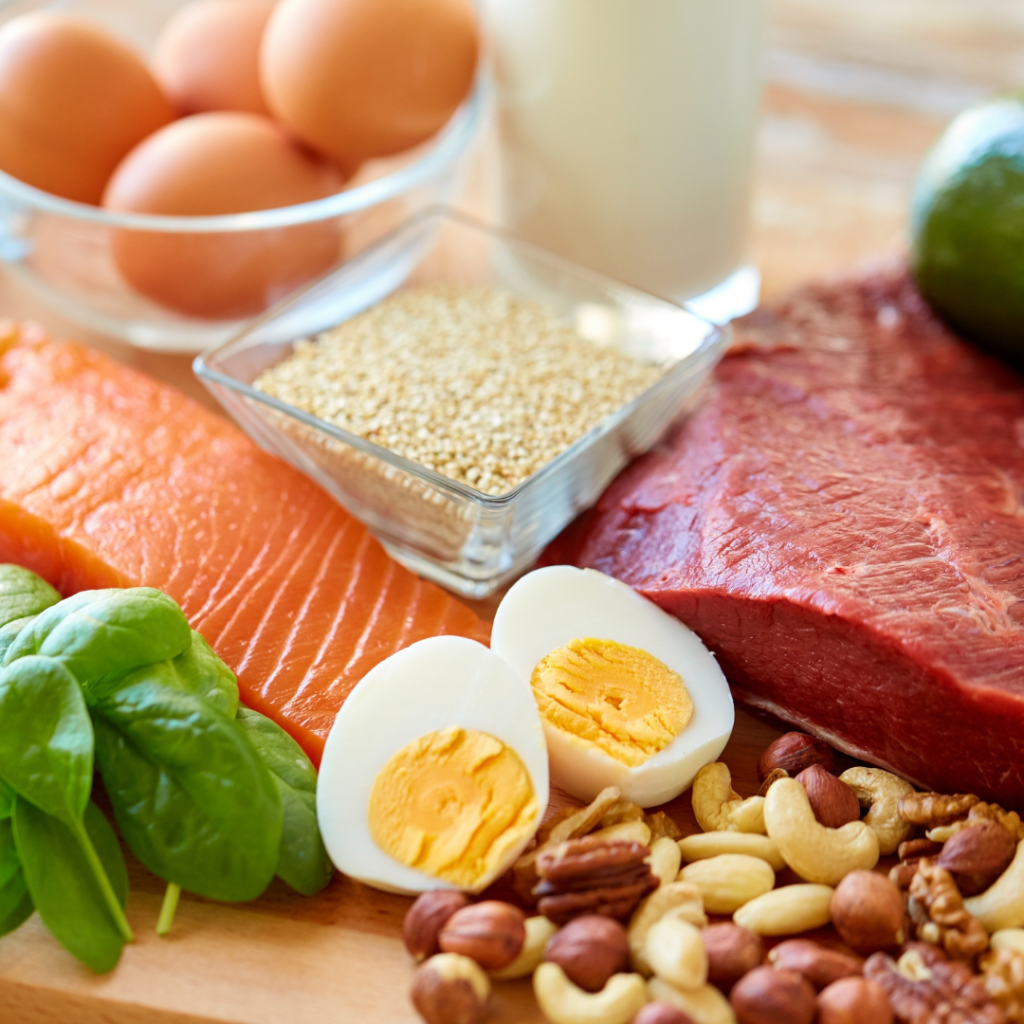
The Appeal of Whole and Minimally Processed Ingredients
Whole and minimally processed diets prioritize the use of real, recognizable ingredients. These diets often include fresh meats, vegetables, and grains that retain more of their natural nutritional value. The appeal lies in providing pets with a diet that mirrors what their ancestors might have consumed in the wild.
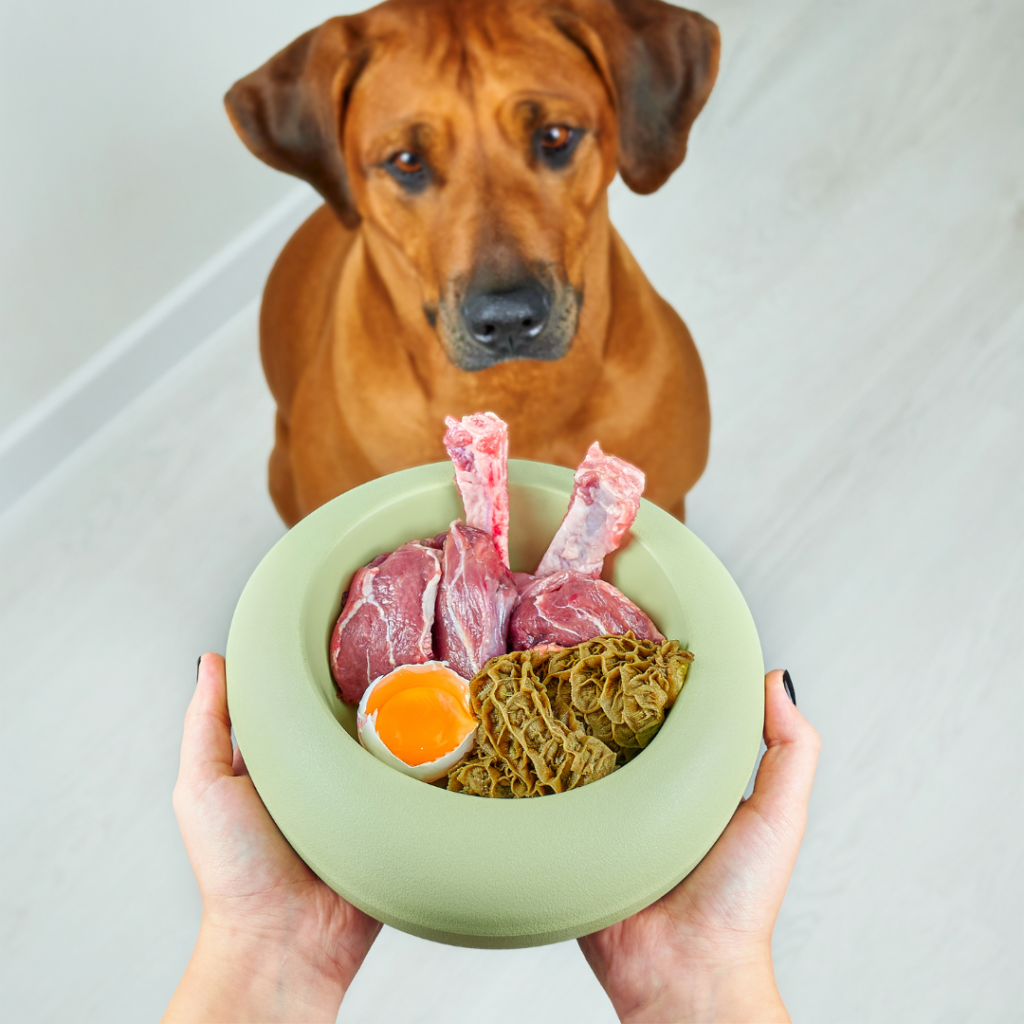
Nutrient Retention in Fresh Ingredients
One of the key advantages of whole and minimally processed diets is the preservation of nutrients. Fresh ingredients maintain a higher nutritional profile, with vitamins, minerals, and other essential compounds remaining more intact compared to highly processed alternatives. This can contribute to overall health and well-being in our pets.
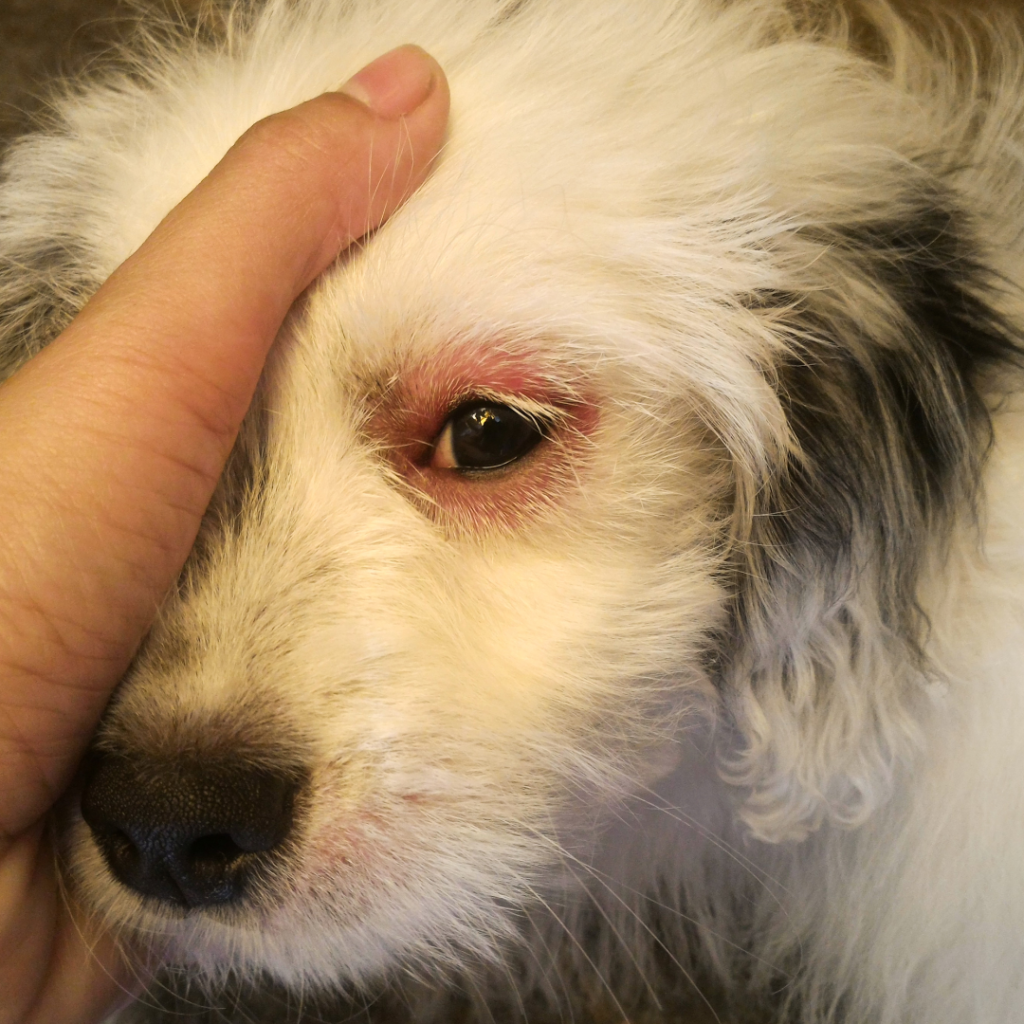
Potential Benefits for Pets with Sensitivities
Pets with sensitivities or allergies may benefit from diets that prioritize whole and minimally processed ingredients. These diets often exclude common allergens and synthetic additives, potentially reducing the risk of adverse reactions. Consult with your veterinarian to determine if a less processed diet is suitable for your pet’s specific needs.
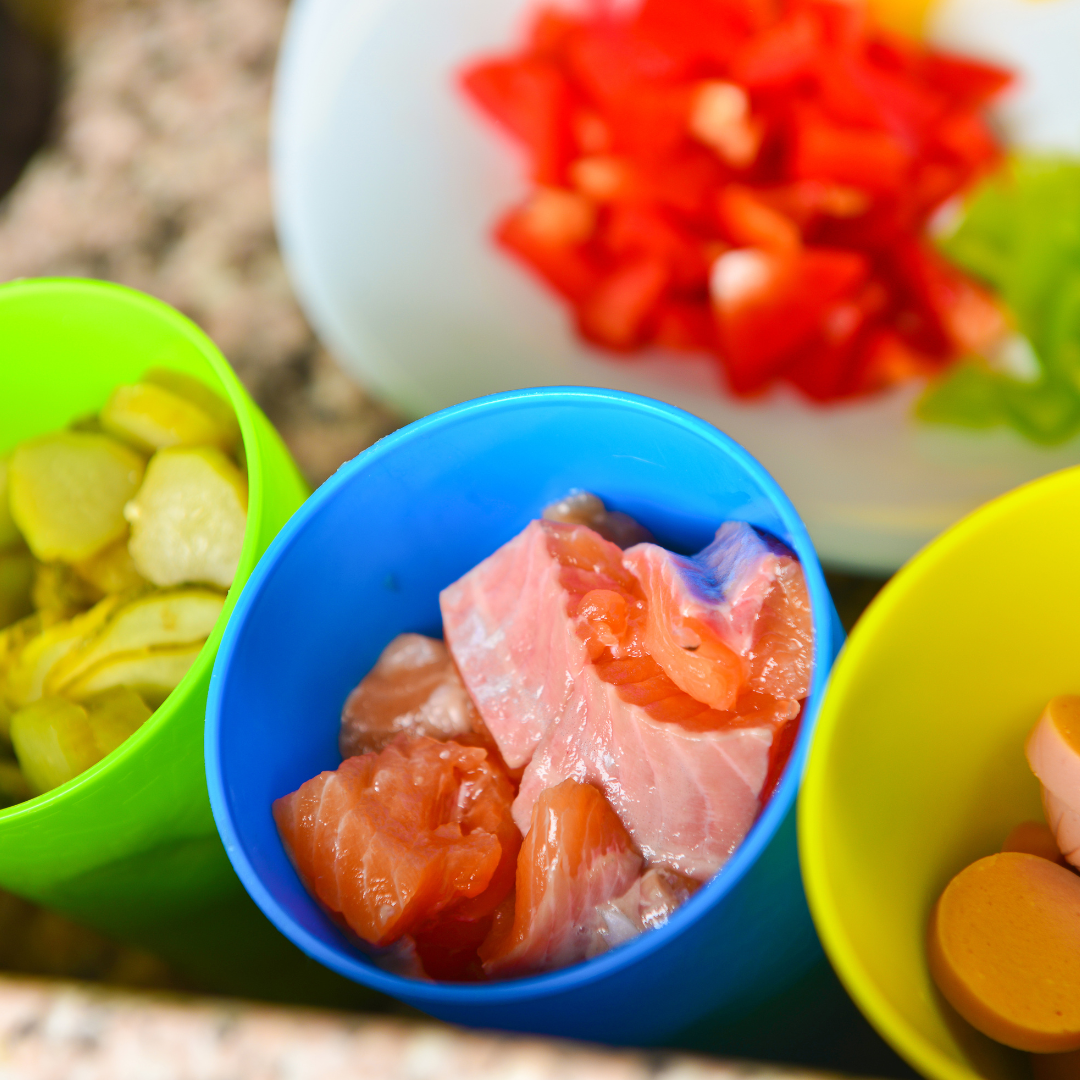
DIY and Homemade Options, Tailoring Nutrition with Care
Some pet parents opt for a hands-on approach to their pets’ diets by preparing homemade meals or raw food. While this allows for complete control over ingredients, it requires careful attention to balance and nutrition. DIY and homemade options should be well-researched and discussed with a veterinarian to ensure they meet all of your pet’s dietary requirements.

Transitioning with Patience
If you decide to transition your pet to a less processed diet, do so gradually. Abrupt changes can lead to digestive upset. Mix small amounts of the new diet with their current food, gradually increasing the ratio over several days. Monitor your pet’s response and consult with your vet if you have any concerns.

Consulting with Your Veterinarian, A Crucial Step
Before making significant changes to your pet’s diet, consult with your veterinarian. They can provide guidance on whether a less processed diet is appropriate for your pet’s health and specific needs. Regular veterinary check-ups ensure that any dietary adjustments align with your pet’s overall well-being.
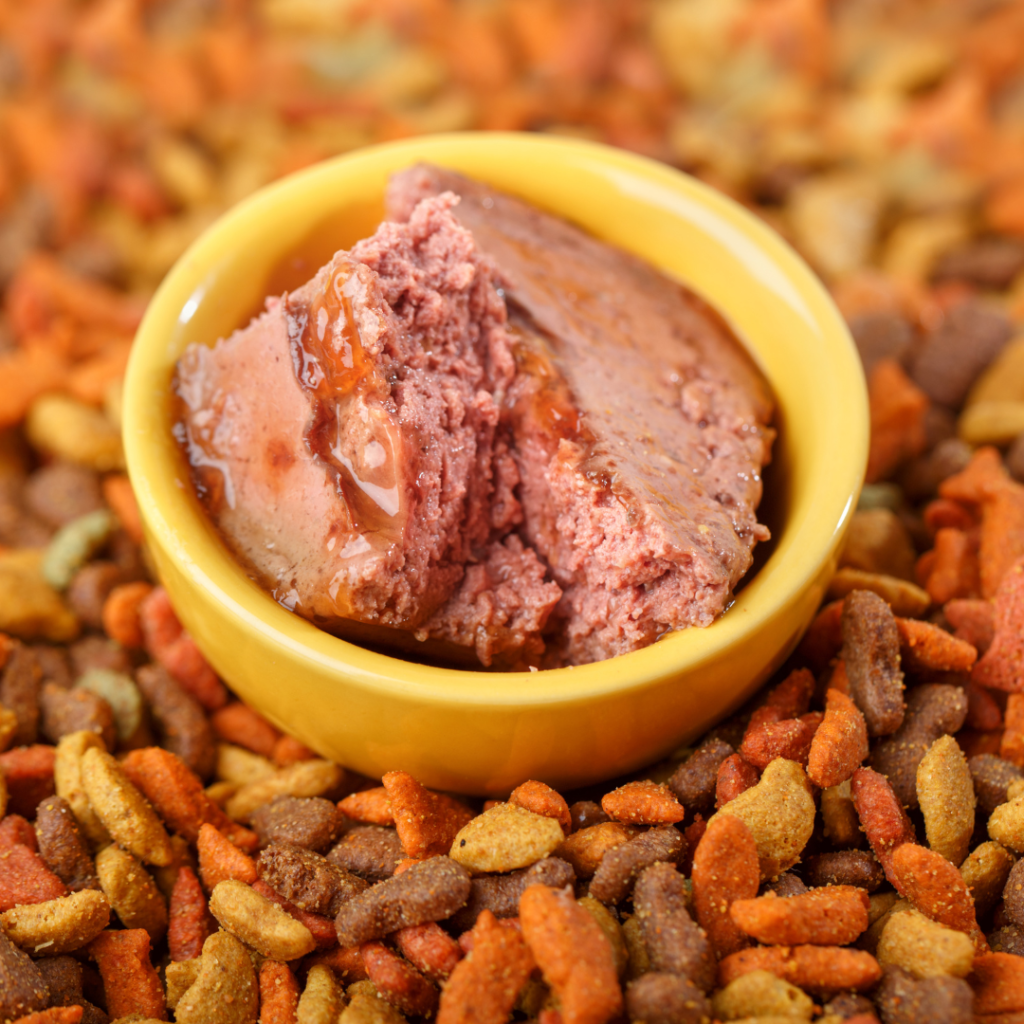
The Balanced Approach, Whole Nutrition for Whole Health
Ultimately, the goal is to strike a balance between providing your pet with a diet that prioritizes whole and minimally processed ingredients while meeting all their nutritional needs. Whether choosing commercial diets that align with this philosophy or exploring homemade options, the emphasis is on promoting whole health for our cherished furry companions.
In conclusion, exploring the benefits of less processed and more wholesome diets for our pets is a journey of choice, research, and consideration for their well-being. By understanding the appeal of whole and minimally processed ingredients, recognizing the potential benefits for sensitivities, exploring DIY and homemade options with care, transitioning with patience, consulting with your veterinarian, and embracing a balanced approach, you’re on the path to providing your pet with nutrition that aligns with their natural instincts. Here’s to whole health and purr-fect meals for your furry friend! 🐾🌿

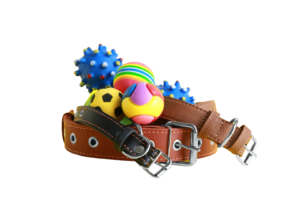
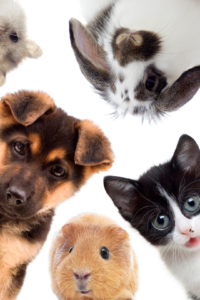 Hi to everyone.
Hi to everyone.
